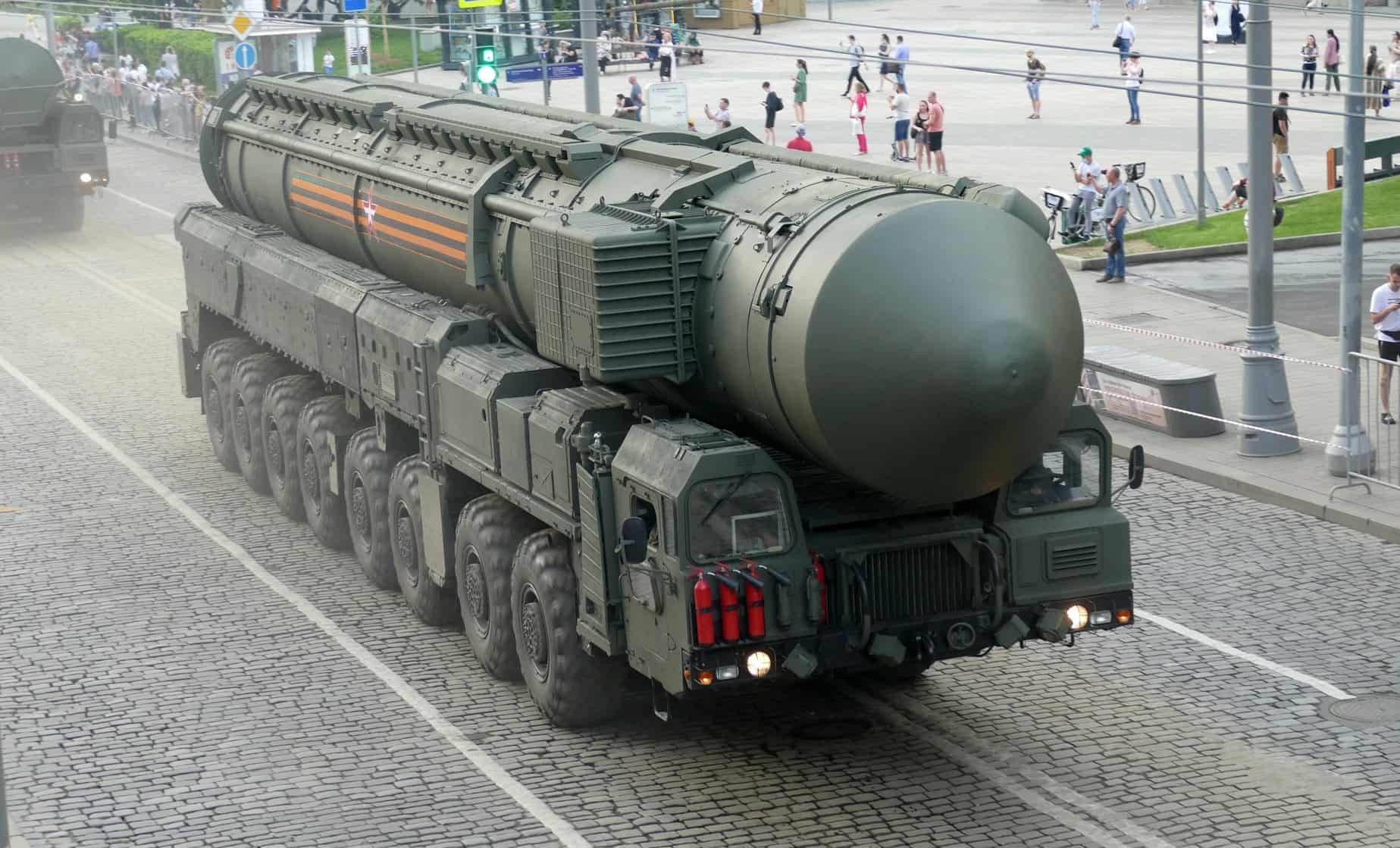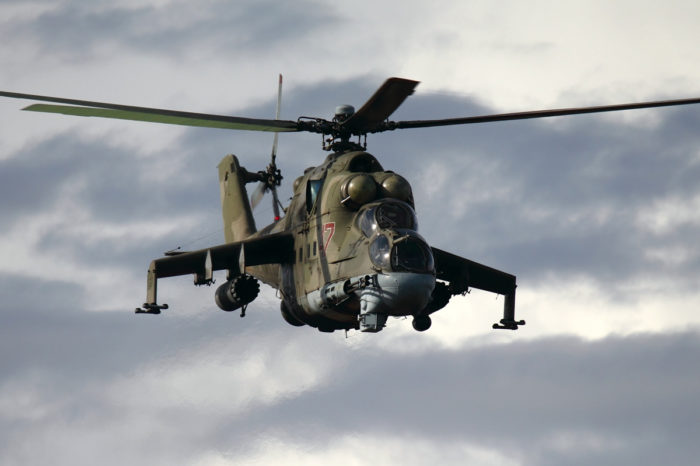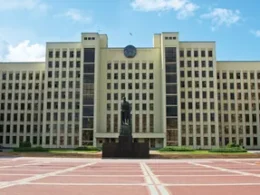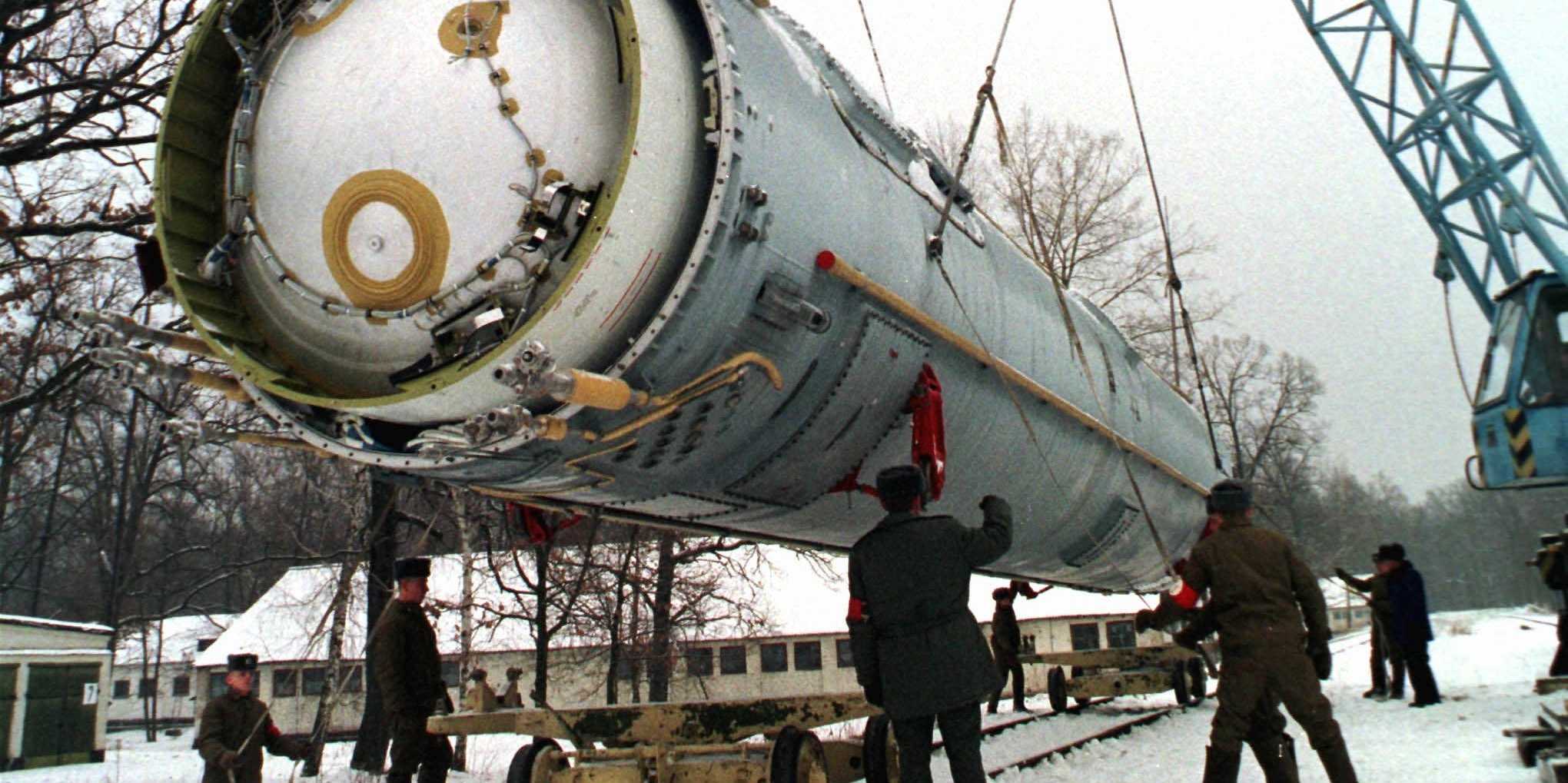The Institute for the Study of War (ISW)reported on 6 December that Russia’s deployment of Oreshnik missiles to Belarus does not significantly escalate the immediate threat of intermediate-range ballistic missile (IRBM) strikes against Ukraine or NATO member states, despite ongoing Russian nuclear rhetoric.
Russian President Vladimir Putin recently showcased of the Oreshnik missile during the Union State Supreme State Council meeting. The ISW characterized this as part of a broader Kremlin information operation using “reflexive control” tactics.
Russian Foreign Minister Sergei Lavrov said in a 5 December interview with an American media outlet, that Russian Oreshnik strike on Dnipro City on 21 November demonstrated Russia’s willingness to use “any means” to prevent Western strategic success.
The ISW maintains that the Kremlin’s persistent highlighting of the Oreshnik missile is unlikely to represent a breakthrough in Russian deep-strike capabilities. The think tank emphasizes that Russia already possesses substantial missile strike capabilities from multiple locations.
“Russia’s deployment of Oreshnik missiles to Belarus does not significantly change the threat to Ukraine or NATO,” the report states.
Russia has long maintained nuclear weapons in mainland Russia and the Kaliningrad enclave capable of striking Ukrainian and NATO targets, the ISW said and added that Russian forces routinely deploy multiple nuclear-capable missile systems, including Iskander ballistic missiles, Kinzhal hypersonic ballistic missiles and Kh-101 cruise missiles.
These systems are already in regular use against Ukraine, suggesting that the Oreshnik deployment represents more of a propaganda exercise than a strategic military shift.
Read also:
- Ukrainian forces receive first batch of Ukraine’s newest Peklo drone missiles
- UK intel: Russia’s Oreshnik missile likely deployed for strategic messaging
- Putin threatens to strike “decision-making centers in Kyiv” with high-precision weapon Oreshnik






